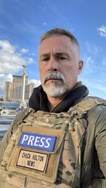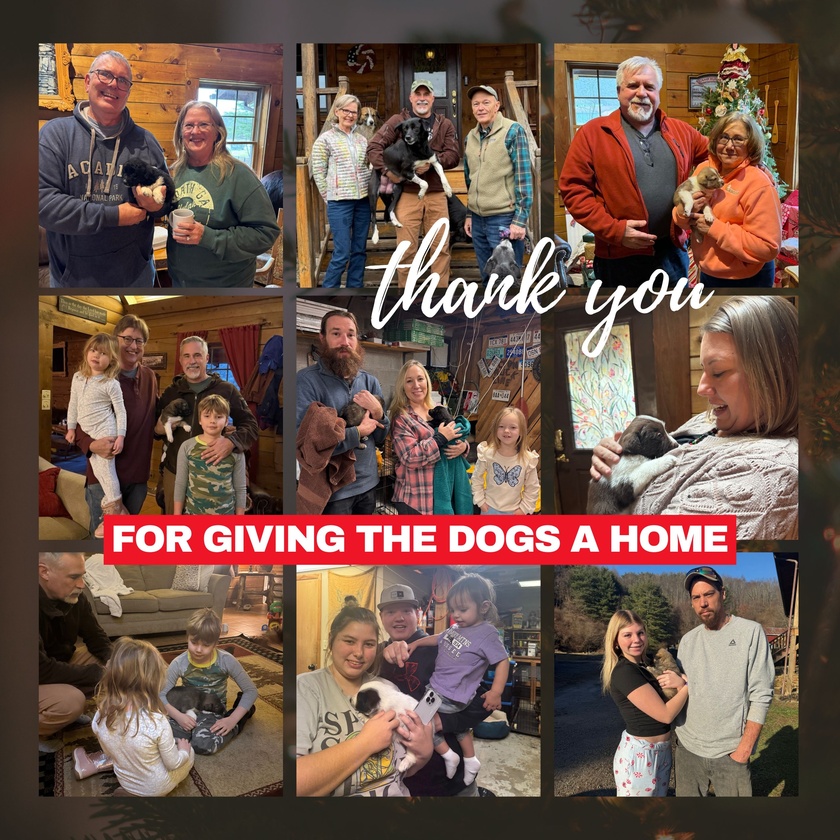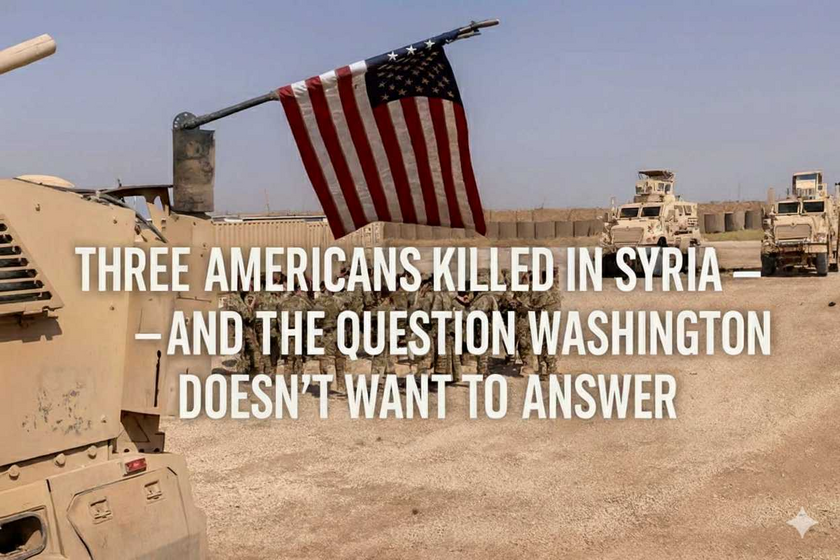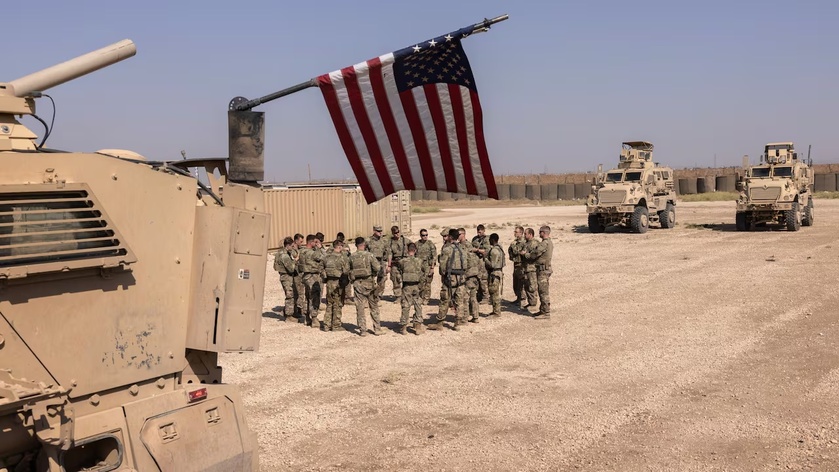In 1932-1933 there was a man made famine created by the Soviet Union in Ukraine named the Holodomor. This is what man-made famine looks like, when you could be shot for taking a handful of grain, not having the ones you hate ship literal tons of supplies to you like what we are seeing in Gaza.


















